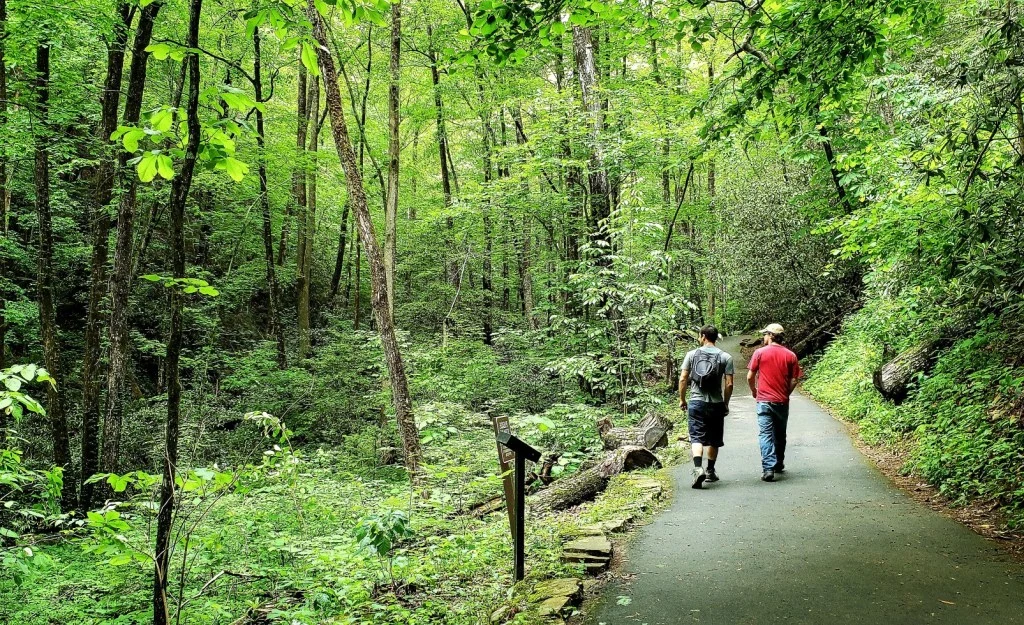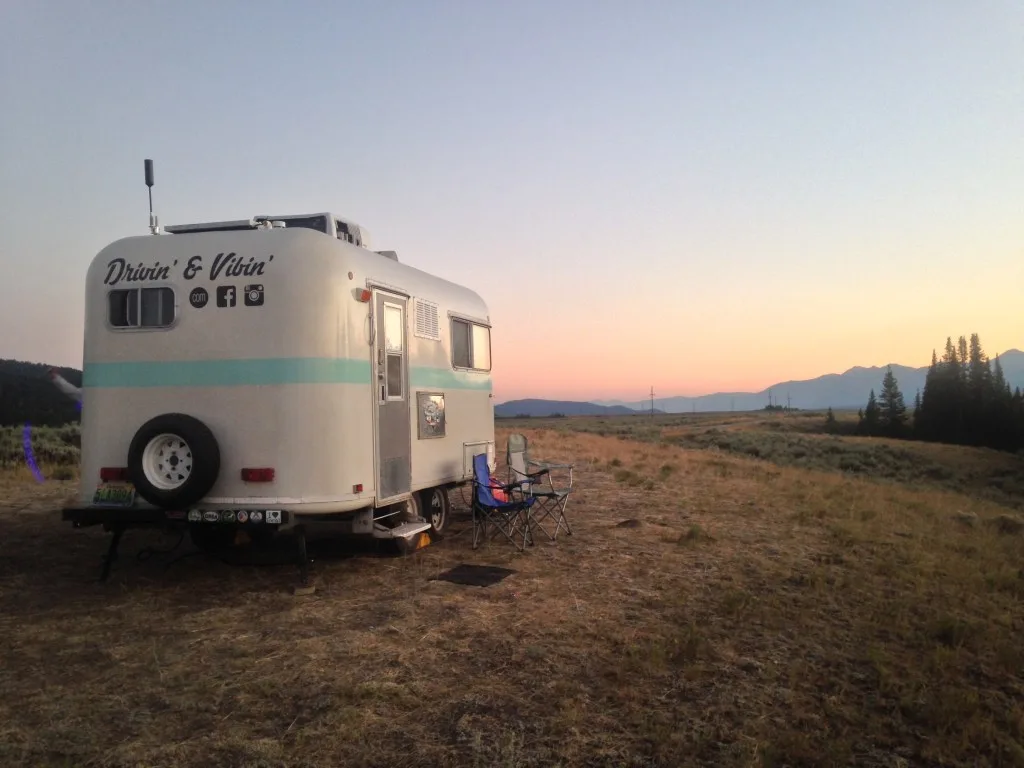Do you know where the best national forests are?
Maybe you’ve been to one and didn’t even know it!
Keep reading to learn the history of the national parks and discover the best ones to visit this summer.
Let’s explore!
The History of National Forests
Starting in 1876, Congress created the Special Agent in the U.S. Department of Agriculture (USDA). Their responsibility was to monitor the health of U.S. forests.
In 1881, the department expanded and became the Division of Forestry. Ten years later, the Forest Reserve Act made it so that the president could set aside public lands out west and establish “forest reserves.” The first “forest reserve” was Shoshone.
Finally, in 1905, President Roosevelt moved the “forest reserves” to the Forest Service, establishing the system we have today.
The Forest Service helps protect and restore our forests by minimizing our impact, even those intended to benefit our lands. Specifically, the Forest Service minimizes invasive species, such as bullfrogs in Arizona and conducts controlled burns. Wildfires are notoriously destructive, and controlled burns help minimize them by reducing brush and grasses that often fuel them.
Today, the USDA’s Forest Service owns 193 million acres in 154 national forests. The Tongass National Forest is the largest, with 17 million acres in southeast Alaska. The smallest national forest is Tuskegee NF in eastern Alabama, with only 11,000 acres. The Forest Service also oversees the only tropical rainforest in the United States, El Yunque in Puerto Rico.

#1 Pisgah National Forest, NC
Established on October 17, 1916, Pisgah National Forest is located in the Appalachian Mountains in western North Carolina. In fact, it’s one of the first national forests in the eastern United States.
The entire 512,758-acre forest includes portions of the Blue Ridge and Great Balsam Mountains. Several regions in the area have elevations over 6,000 feet, such as Black Balsam Knob, Mount Hardy, Tennant Mountain, and Cold Mountain.
The forest has plenty of recreational opportunities, including hiking, mountain biking, backpacking, hunting, fishing, and rock climbing. If you’re interested in camping, there are 11 campgrounds and additional dispersed camping opportunities. Additionally, Pisgah NF boasts scenic drives, nature viewing, and waterfalls.
If you prefer gardens and groomed trails, you might want to check out The North Carolina Arboretum. Located in the forest, it has indoor and outdoor exhibits for all ages.
Pro Tip: We put together an ultimate Pisgah National Forest Road Trip Guide to make your trip a success!
#2 Sierra National Forest, CA
Located in central California, the USDA’s Forest Service officially created Sierra National Forest in 1905. It was initially set aside as a “forest reserve” in 1893. Surrounded by Yosemite and Kings Canyon National Parks, this area spans 1.3 million-acre of mountain scenery with altitudes ranging from 900 to 13,986 feet.
The forest has many lakes and reservoirs for fishing and boating. Many visitors come to Huntington Lake for a day of sailing. There are also five wilderness areas with plenty of hiking and other outdoor opportunities.
If you decide to visit, you can stay in one of 72 campgrounds, ski at the China Peak resort, go horseback riding, biking, swimming, snowshoeing, and snowmobiling. On the other hand, maybe you’re looking for a beautiful, leisurely drive. In that case, you can choose to drive along the two national scenic byways inside the forest.
#3 White Mountain National Forest, NH
Although mainly in New Hampshire, White Mountain National Forest crosses over slightly into western Maine. Of the 750,852 acres of land, only 5.65% are in Maine. It’s the most eastern national forest, established on May 16, 1918.
The Appalachian Trail runs 100 miles into the White Mountain National Forest. Within the forest are six federal wilderness areas for recreation and scientific endeavors. Various wild animals inhabit the forest, including foxes, minks, eagles, bobcats and lynx, river otters, black bears, falcons, and moose.
White Mountain is a popular outdoor site because of its location and outdoor recreation. The forest is 1,200 miles of trails, 23 developed camping facilities, and 400 miles of snowmobile trails.
#4 White River National Forest, CO
Named after the river of the same name, White River National Forest is a 2,285,970 acre area in northwest Colorado. Created on June 28, 1902, it’s one of the most visited. It has 11 ski resorts, such as the more famous Vail, Aspen, Snowmass, and Breckenridge.
Ten peaks sit within the forest’s 14,000 feet or higher elevations, AKA 14ers. Strap on those hiking boots and explore 2,500 miles of hiking. Visitors interested in viewing wildlife should watch for deer, trout, bobcat, lynx, moose, bear, mountain sheep and goat, elk, and deer. The forest also has eight wilderness areas within its borders.
If you’re interested in staying, you can choose to stay at a cabin rental or campground. Additionally, dispersed camping, group camping, and RV camping is available.
#5 Bridger-Teton National Forest, WY
With 3.4 million acres, Bridger-Teton National Forest is the third-largest national forest outside Alaska. Created on July 1, 1908, and located in western Wyoming, the forest is part of the Greater Yellowstone Ecosystem with various pines, fires, and alpine meadows.
Gannett Peak, the tallest mountain in Wyoming at 13,804 feet, is within the forest’s boundaries. There are also 40 named mountains over 12,000 feet high in the forest. Outside of Alaska, the area has the seven largest glaciers. It also has one of the largest landslides, Gros Ventre, and 1,500 lakes.
Wildlife enthusiasts will enjoy views of threatened and endangered species, more than 75 species of mammals, and 355 bird species. Visitors can stay in the 14 campgrounds at Bridger-Teton National Forest.

#6 Deschutes National Forest, OR
Also created on July 1, 1908, Deschutes National Forest is a 1,596,900-acre forest in central Oregon. Inside the forest, the Newberry National Volcanic Monument contains lakes, lava tubes, cinder cones, and lava flows. The highest point at the monument, Paulina Peak, measures 7,985 feet, and the volcano is active.
Additionally, rhe forest has five wilderness areas within its borders. Visitors can enjoy mountain biking or hiking, boating and fishing, skiing, caving, horseriding, camping, water activities, and winter activities. If a scenic drive is more your thing, you’ll enjoy driving along the three scenic byways in the forest. Would you rather explore on water? Deschutes National Forest has six wild and scenic rivers measuring over 200 miles.
#7 Superior National Forest, MN
What started as a fur trading route became the 3.9 million acres of woods and water that’s now Superior National Forest. It was created on February 13, 1909, along the Canada-US border and Lake Superior.
Today the forest is used for logging and outdoor recreation such as swimming, hiking, snowmobiling, hunting, ice fishing, and cross country skiing.
Superior National Forest is home to the one million-acre Boundary Waters Canoe Area. The area includes 2,000 rivers and lakes full of smallmouth bass, various trout, walleye, and northern pike. Additionally, you might see black bears, wolves, lynxes, moose, or deer if you keep an eye out.
Visitors who would like to stay longer can stay in developed and rustic campgrounds or do a little backcountry camping.
Pro Tip: Don’t know where to camp? We uncovered whether or not you can sleep in your car in a national forest.
Is Visiting a National Forest This Summer Worth it?
Absolutely! Especially since the best national forests are spread out throughout the United States, making it the perfect summer road trip.
Let us know in the comments if you’re planning on visiting a national forest this summer and which one!
Discover the Best Free Camping Across the USA
To be honest with you, we hate paying for camping. There are so many free campsites in America (with complete privacy).
You should give it a try!
As a matter of fact, these free campsites are yours. Every time you pay federal taxes, you’re contributing to these lands.
Become a FREE CAMPING INSIDER and join the 100,000 campers who love to score the best site!
We’ll send you the 50 Best Free Campsites in the USA (one per state). Access the list by submitting your email below: